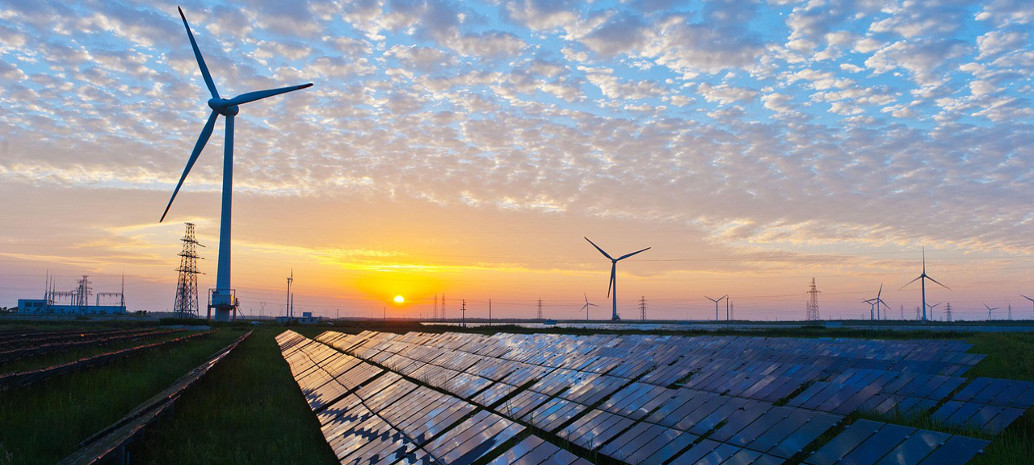From pv magazine USA
The coming surge in battery storage deployment is further eroding the economics of coal and natural gas generation and accelerating fossil-fuel plant retirements, the Institute for Energy Economic and Financial Analysis (IEEFA) says in its new 2021 US Power Sector Outlook.
Tech improvements and resulting price declines already have made solar and wind generation resources the lowest-cost option in much of the United States. During the next two to three years the accelerating shift will be transformative, the IEEFA said.
Solar+storage is currently economically competitive, and costs are almost certain to decline.
“Hitting both the [U.S. government’s] solar and the long duration storage cost goals would be a game changer,” the IEEFA said.
To pull down storage costs, the Department of Energy (DoE) launched a storage challenge in December that set a goal of reaching a levelized cost of storage for long-duration stationary applications of $0.05/kWh by 2030. Using the DoE’s own estimates, the IEEFA said this would represent a 90% cost reduction.
In February, the DoE added to that goal, setting its sights on pushing PV costs down to $0.03/kWh by 2025 and $0.02/kWh by 2030.
“Last year was definitely a breakout year for battery storage … but it’s just a harbinger of things to come,” said Dennis Wamstead, the IEEFA analyst who co-authored the 2021 outlook.
According to the IEEFA, coal’s days are numbered.
“Even being among the best operating coal-fired generators doesn’t guarantee that a unit is financially viable or is the lowest-cost option for consumers,” it said.
On the natural gas side, the IEEFA said it expects project financing to become increasingly difficult to secure due to climate change concerns, a more progressive administration in the White House, and lingering overcapacity. The possibly that the Federal Energy Regulatory Commission will re-examine its current hands-off approach to approving new interstate gas pipelines also presents a threat to future gas generation proposals, it said.
Party’s over?
In short, the rise in gas generation that occurred in the 2010s is pretty much over.
“Part of that is being driven by the rush to wind and solar, and part of that is being driven by the fact that there is an increasing emphasis on the environmental impacts of gas,” Wamstead said.
He said “it’s entirely possible” that by the end of 2022 wind and solar by themselves will have caught up with coal. He said that by the end of this year, wind, solar, and hydro generation may well exceed coal’s contribution to the U.S. electricity market.
If the Biden administration pursues a 2035 carbon-neutral electricity grid with any success, “obviously that will change a lot of these forecasts,” he said.
For example, creating an investment tax credit (ITC) for energy storage or a technology-neutral tax credit that would apply equally across all forms of generation, and storage that lowers greenhouse gas emissions could also accelerate change. So, too, could the passage of several other bills in Congress, including one measure to incentivize domestic manufacturing of advanced energy technologies and another to create a transmission tax credit.
This content is protected by copyright and may not be reused. If you want to cooperate with us and would like to reuse some of our content, please contact: editors@pv-magazine.com.



7 comments
By submitting this form you agree to pv magazine using your data for the purposes of publishing your comment.
Your personal data will only be disclosed or otherwise transmitted to third parties for the purposes of spam filtering or if this is necessary for technical maintenance of the website. Any other transfer to third parties will not take place unless this is justified on the basis of applicable data protection regulations or if pv magazine is legally obliged to do so.
You may revoke this consent at any time with effect for the future, in which case your personal data will be deleted immediately. Otherwise, your data will be deleted if pv magazine has processed your request or the purpose of data storage is fulfilled.
Further information on data privacy can be found in our Data Protection Policy.